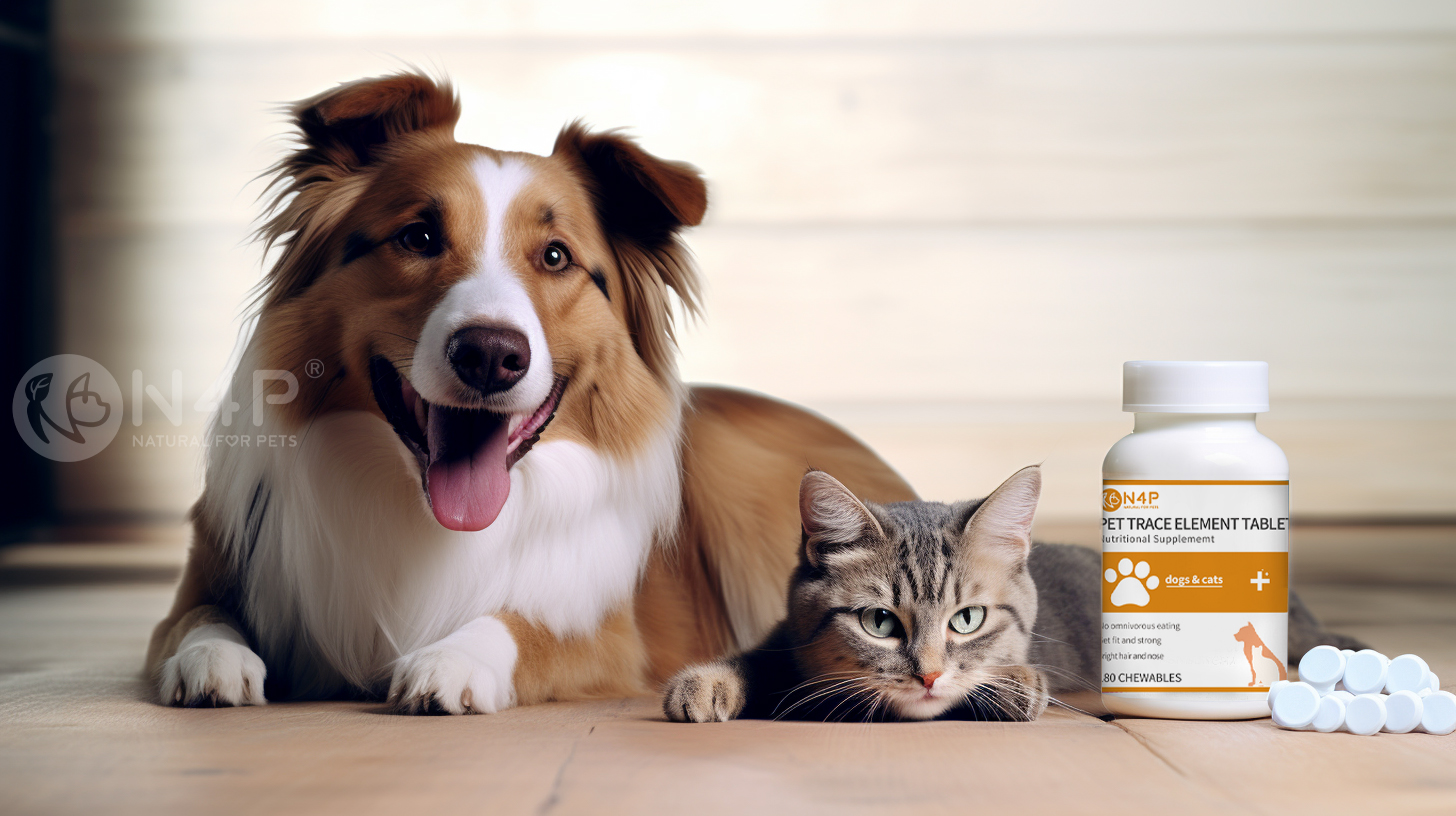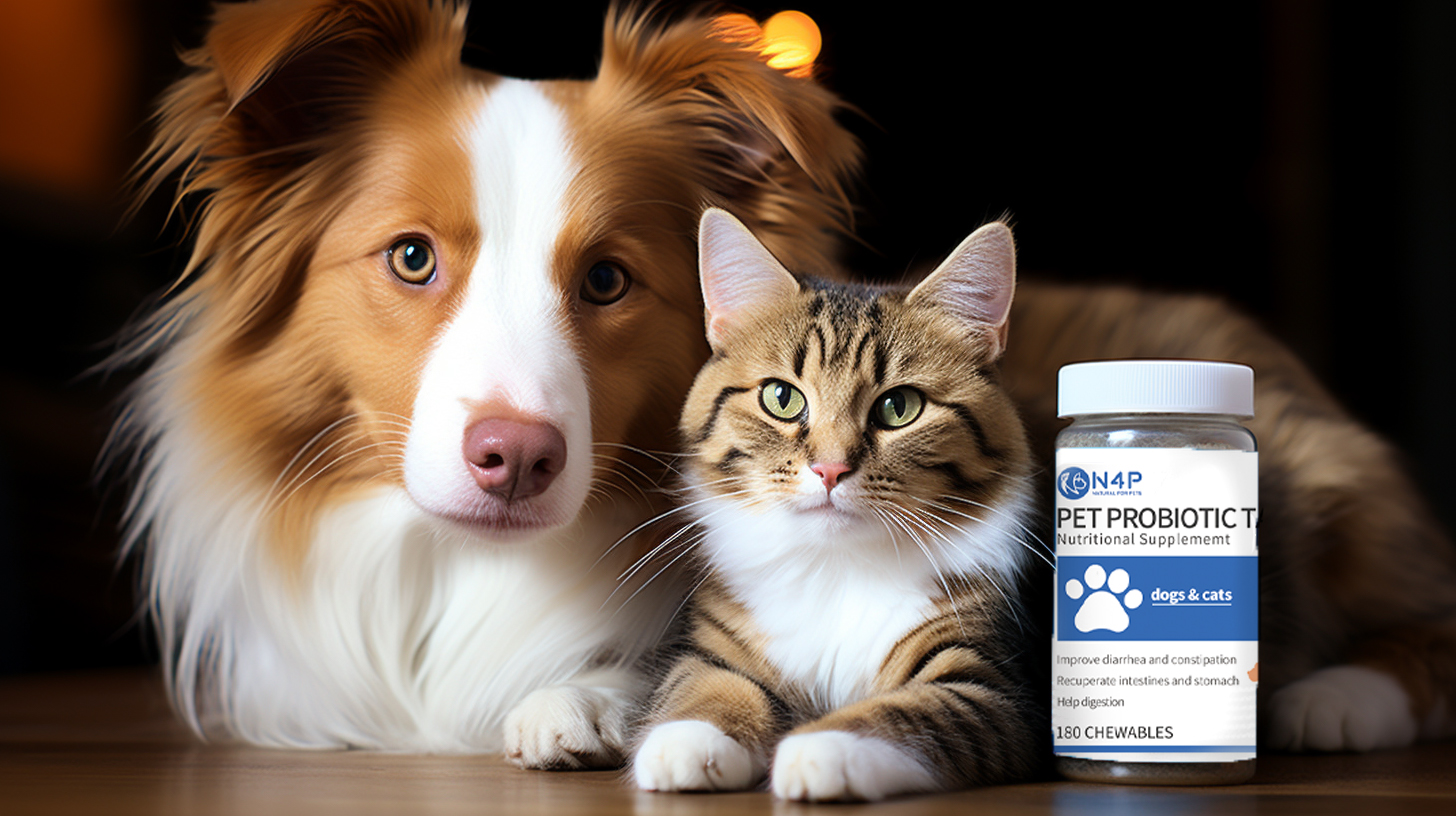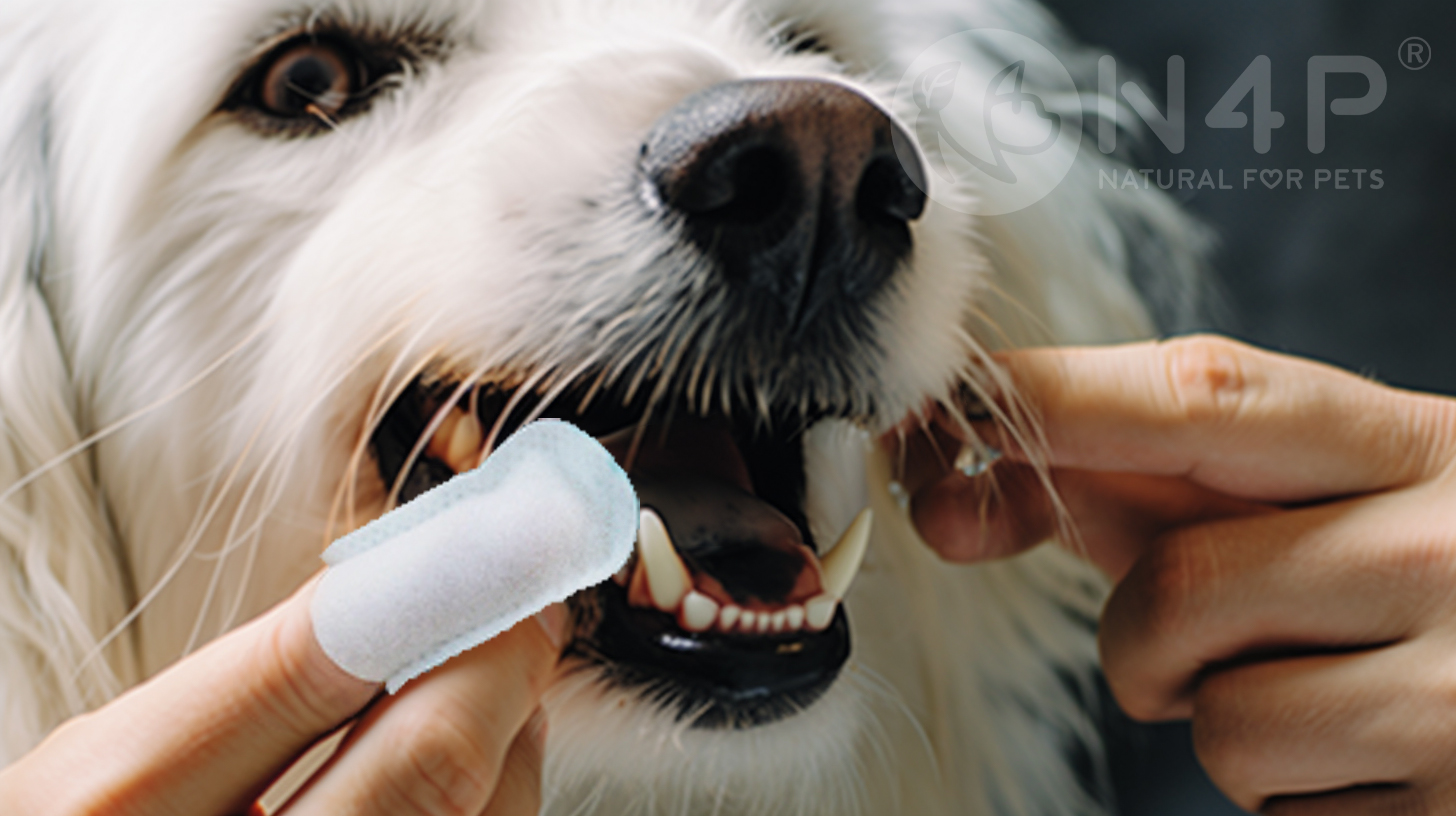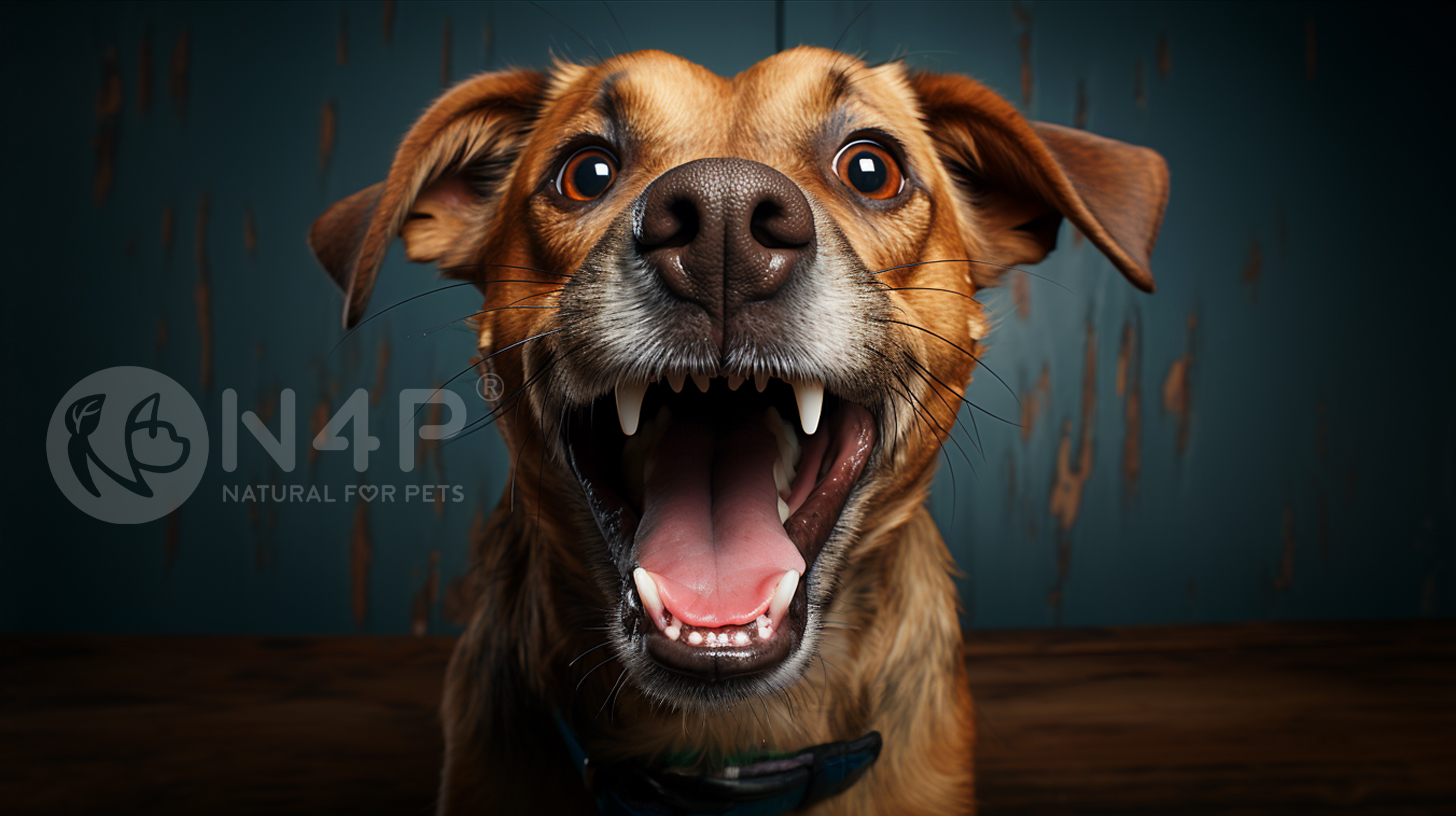Should Your Dog Use a Muzzle? Here’s Why It Might Be Right for You
While many people associate dog muzzles with aggressive, dangerous dogs, muzzles are actually an important tool for keeping both dogs and humans safe. ![]()
By Sarah Gerrity August 24, 2020 Each product we feature has been independently selected and reviewed by our editorial team. If you make a purchase using the links included, we may earn commission. Advertisement Pin FB More Tweet Email Send Text Message Print 
black labrador retriever wearing muzzle Credit: JohnGollop / Getty
Dog muzzles can be a contentious topic, but when used in the right situations, they’re a useful and beneficial tool for both dogs and humans. Some people might think that a muzzled dog is dangerous, but in reality, there are many reasons for using a muzzle that keep both owners and canine companions safe. Emily Stoddard, a Chicago-based canine training expert and founder of Canine Sports Dog Training, guides us through everything you need to know about safely using dog muzzles.
What Is a Muzzle?
A muzzle is mask-like device placed over the snout of a dog to prevent injury from biting. When fitted properly, your dog should be able to pant, eat, and drink while wearing the muzzle.
“[Muzzles] are most often used for dogs that are a bite risk to other dogs or humans,” Stoddard notes. “Even if the dog hasn’t bitten before, prevention is key—muzzles keep handlers safe while the dog and handler team work through professional training.”
It’s also important to note that muzzles should never be used as a punishment for a dog. Instead, it’s a good idea to train your dog to be comfortable with wearing a muzzle, so they’re not stressed or aggravated when the time to wear one arrives.
When Should You Use a Muzzle For a Dog?
While many people assume muzzles are only meant for aggressive dogs, they’re a common tool that trainers and veterinarians use when working with pups who are unaccustomed to handling, or simply for dogs that show some fear or anxiety with strangers. No matter the natural disposition of your dog, they might become nervous or anxious when being handled by a stranger, and therefore, are more inclined to bite. Even the friendliest dogs might snarl or snap at someone when they’re scared!
“[Muzzles] allow trainers, vets, and groomers to worry less about dodging a dog that might try to snap at them while they’re working,” Stoddard states. Additionally, if your dog has ever tried to bite another dog or person, Stoddard strongly recommends muzzle conditioning. When your furry friend is familiar and comfortable wearing a muzzle, using one as a preventative measure can keep others safe, and in some instances, help you avoid testy legal situations that might put your dog at risk of being taken away. Simply put, if your dog has a tendency to bite, safely using a muzzle will protect both your dog and others.
How Should I Get My Dog Used to a Muzzle?
First and foremost, Stoddard says conditioning your pup to be comfortable with wearing a muzzle is key: start introducing them to the muzzle slowly, and be sure to feed them treats through the muzzle to encourage them to put their nose into the basket.
Once your dog is comfortable putting their nose into the muzzle on cue, you can begin to fasten the straps. Start with short sessions at first—15 to 30 seconds, and gradually add time on to build up your pup’s comfort level with the muzzle.
Keep in mind that muzzles should never be used for extended periods of time, in unsupervised situations, or as a form of punishment to address other issues—they are meant to be used in emergencies or for short periods to prevent biting.
How to Put a Muzzle On Your Dog
“There are many types of muzzles out there,” Stoddard explains, “so make sure to research which style is best suited to your dog’s breed and size to ensure a proper fit.” She also notes that most muzzles come with specified instructions, so it’s important to give those a thorough read before putting them on your dog.
Straps should be tight enough so that your dog can’t remove it himself, but loose enough for you to fit one finger between the strap and your pup’s head. Usually, there are three straps: “Two to fit snugly behind the dog’s ears, and a third strap that goes above their head and connects to the neck strap,” Stoddard notes.
Which Muzzle Is Right for Your Dog?
“The most commonly used muzzle is the Baskerville Ultra,” says Stoddard. These basket-style muzzles look like a basket or a cage that covers your dog’s mouth, and can be made of plastic, leather, wire, or rubber. Basket muzzles are often the most comfortable for your dog, as they provide plenty of room for panting, drinking, and eating. You can find them in most pet stores and choose the size that fits your dog best, or take exact measurements and have one custom made for your pup.
Soft fabric muzzles are occasionally used by vets and trainers in short term situations when handling dogs. These are less comfortable for dogs, and prevent them from panting—so they can be more dangerous for your pup, and should only be used for very short periods of time.
In most situations, the basket-style muzzles are durable, comfortable, and safe for your pet. Of course, if you have any questions about the best muzzle for your furry friend, it’s always a good idea to ask your veterinarian or dog behaviorist for their recommendations!
When it comes to muzzles, it’s important to remember that they should be used sparingly and never as a punishment—but if you’re able to train your dog to feel comfortable with a muzzle, it can be very helpful and reassuring for your vet, groomer, or trainer. And if your hound has a tendency to bite, using a muzzle as a preventive measure can help both you and your pet avoid some unwanted troubles.







